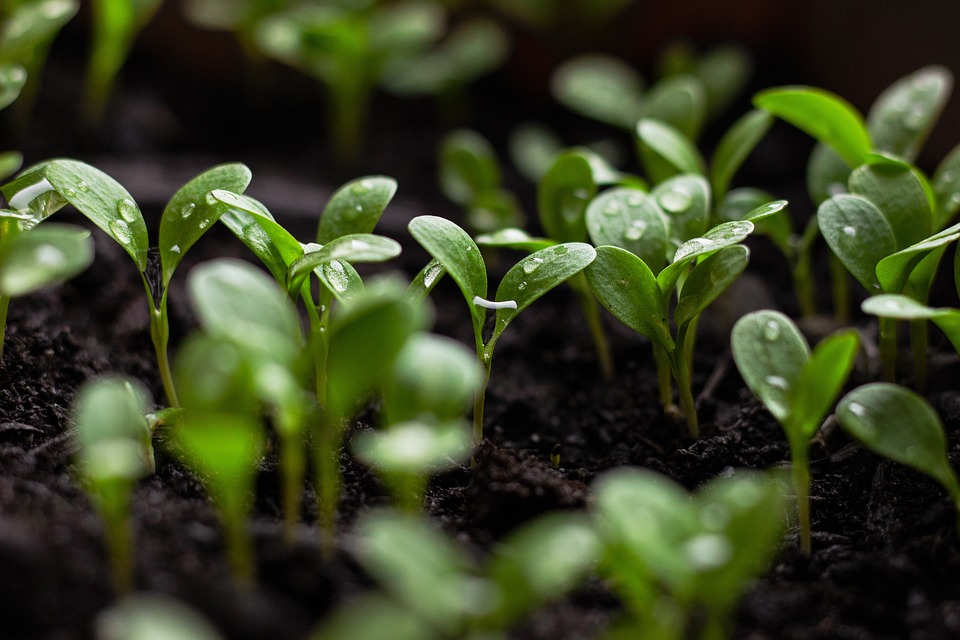Unearthing the Secrets of Soil: A Guide to Finding the Perfect Soil Type for Your Plants
When it comes to gardening, one of the most important factors to consider is the type of soil you are using. The soil plays a crucial role in the growth and development of your plants, providing them with essential nutrients, water, and support. By understanding the different types of soil and their characteristics, you can ensure that your plants thrive and flourish. In this guide, we will delve into the secrets of soil and help you find the perfect soil type for your plants.
The Importance of Soil
Soil is not just dirt – it is a complex ecosystem that is teeming with life. It is made up of a combination of minerals, organic matter, water, and air. Soil provides plants with the nutrients they need to grow, as well as anchorage and support. The type of soil you use can have a significant impact on the health and growth of your plants.
Types of Soil
There are several different types of soil, each with its own unique characteristics. The most common types of soil include:
- Clay soil
- Sandy soil
- Loamy soil
- Silt soil
Each type of soil has its own advantages and disadvantages, so it is important to understand the characteristics of each type before choosing the right soil for your plants.
Clay Soil
Clay soil is known for its high nutrient content and water retention capabilities. However, it can also be quite dense and prone to compaction. If you have clay soil in your garden, you may need to add organic matter such as compost or manure to improve its drainage and aeration.
Sandy Soil
Sandy soil is known for its excellent drainage properties, but it tends to lack nutrients. If you have sandy soil in your garden, you may need to add fertilizer or organic matter to improve its fertility. Sandy soil is ideal for plants that prefer well-drained soil, such as succulents and cacti.
Loamy Soil
Loamy soil is a balanced combination of sand, silt, and clay. It is considered the ideal soil type for most plants, as it provides good drainage, fertility, and aeration. If you have loamy soil in your garden, you are in luck – your plants are likely to thrive in this type of soil.
Silt Soil
Silt soil is a fine-textured soil that is rich in nutrients. However, it can be quite prone to erosion and compaction. If you have silt soil in your garden, you may need to add organic matter to improve its structure and stability.
Testing Your Soil
Before you plant anything in your garden, it is important to test your soil to determine its pH level and nutrient content. You can purchase a soil testing kit from your local garden center or send a sample of your soil to a laboratory for analysis. By testing your soil, you can determine its characteristics and make any necessary adjustments to ensure that your plants have the best possible growing conditions.
Improving Your Soil
If you find that your soil is lacking in nutrients or drainage, there are several ways you can improve it. Adding organic matter such as compost, manure, or mulch can help enrich the soil and improve its structure. You can also add fertilizer or lime to adjust the pH level of your soil. By taking the time to improve your soil, you can create an optimal growing environment for your plants.
Choosing the Right Soil for Your Plants
When choosing the right soil for your plants, it is important to consider their specific needs. Some plants prefer well-drained soil, while others thrive in moist conditions. By understanding the requirements of your plants, you can select the right soil type to help them grow and thrive.
Common Questions About Soil
Here are some common questions about soil:
- What is the best type of soil for growing vegetables?
- How can I improve the drainage of my soil?
- What is the difference between soil pH and soil fertility?
- Can I use potting soil for outdoor plants?
By addressing these common questions, you can gain a better understanding of soil and how it affects the growth of your plants.
Conclusion
Soil is the foundation of a successful garden. By understanding the different types of soil and their characteristics, you can create an optimal growing environment for your plants. Whether you have clay soil, sandy soil, loamy soil, or silt soil, there are ways to improve its fertility and structure. By testing your soil and choosing the right type for your plants, you can ensure that they thrive and flourish. Unearth the secrets of soil and watch your garden bloom!
Remember, the key to successful gardening is knowing your soil and providing your plants with the best possible growing conditions. By following the tips and guidelines in this guide, you can unearth the secrets of soil and create a thriving garden that will bring you joy and satisfaction for years to come.


















































